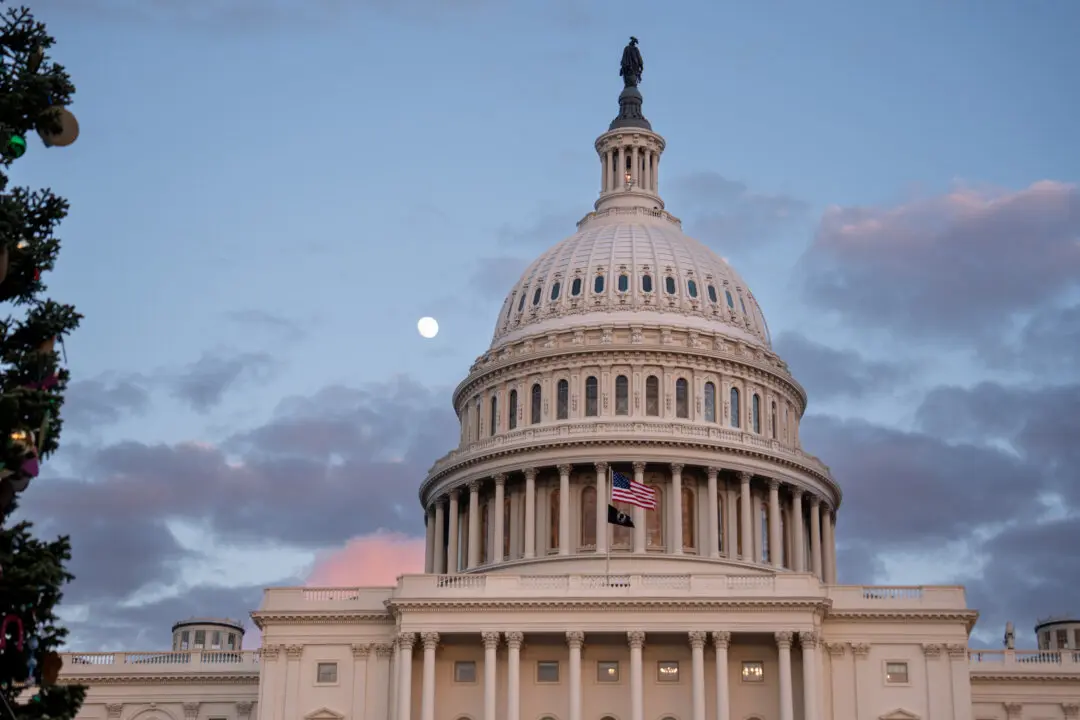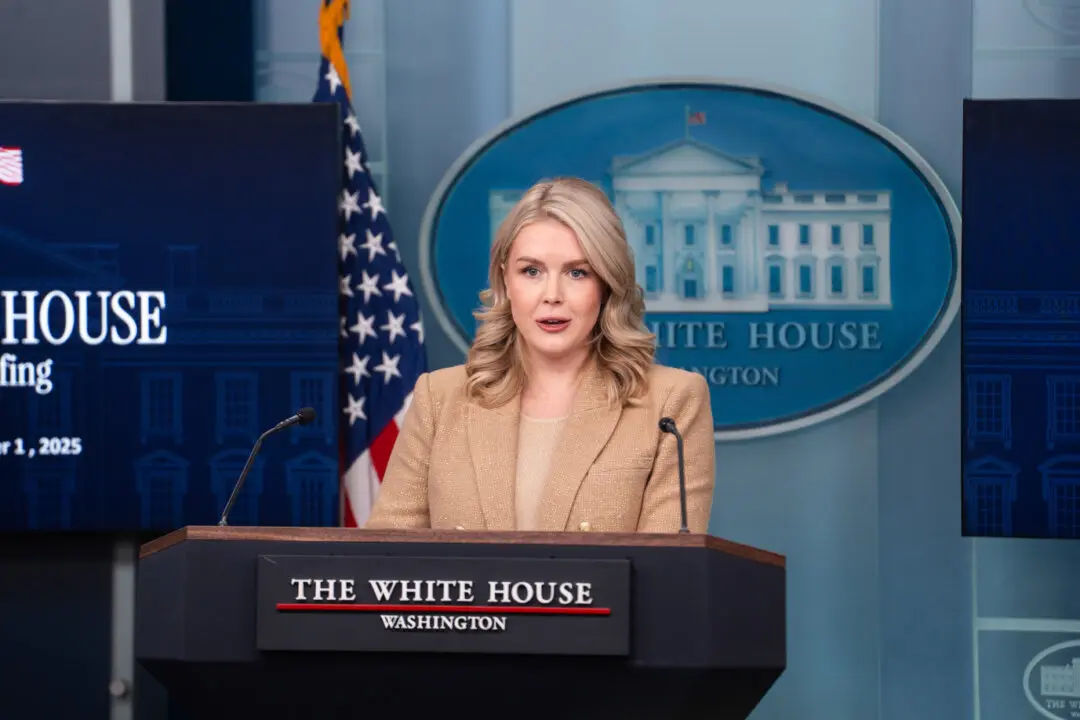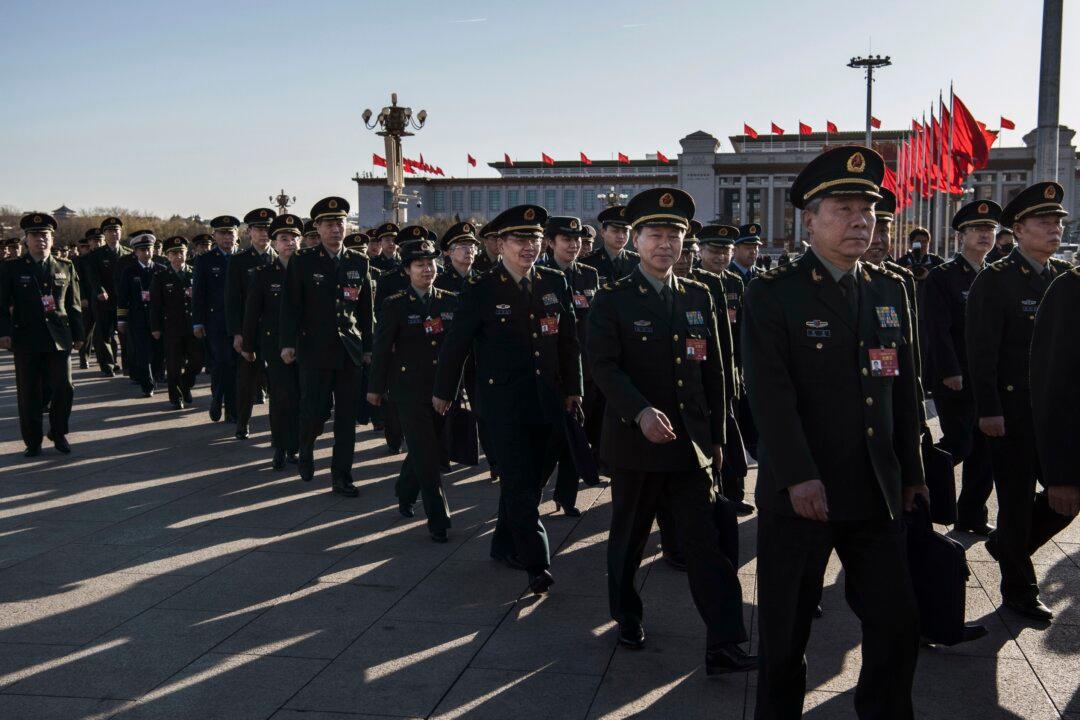On Sept. 23, subway ridership broke 6 million and set a new record. It happened five times total in September, and seven more times in October.
If it becomes a regular occurrance, it could ramp up overtime costs that could be passed onto the riders, Metropolitan Transportation Authority president Tom Prendergast said Wednesday.
“It’s a great story that we’re seeing over 6 million people today. To say that it presents some challenges is an understatement,” Prendergast said.
At first, the extra ridership came outside of rush hour, when trains weren’t packed to begin with. But now it is “starting to occur more in the rush hour,” Prendergast said.
“We knew growth was occurring on weekends and nights and in the middle of the day,” he said. But now he hears from many people that they “can’t get on the first train at rush hour, it has to be the second or third train.”
The MTA is upgrading signals so that more trains can run in the same period of time, but track work means service interruptions, which means the work gets spread out over a long period of time.
In the meantime, if rush hour ridership gets too high the MTA will have to deploy what some call “platform conductors,” or extra people to help make sure people aren’t keeping doors open and holding up packed trains, keeping them in stations. Riders usually see them on the platform after big events like the Macy’s Thanksgiving Parade or Fireworks show.
“That’s a net cost we may see in the future,” Prendergast said. “We don’t now where the endgame is going to be in terms of the amount of money we or the straphangers will have to ante up to be able to fund the capital program.”
Record Subway Ridership Might Mean More Overtime Costs

People exit the New York City subway at Time Square in this 2013 file photo. Epoch Times
|Updated:




